Anhui Feichun Special Cable Co.,Ltd Li.wang@feichuncables.com

SANS Type 66 Mining Trailing Cable: Engineering Excellence for South Africa's Underground Coal Mining Operations and Industrial Power Distribution Systems
Discover how the SANS 1520-1 compliant Type 66 Mining Trailing Cable delivers reliable 3.8-6.6kV power distribution in South Africa's challenging coal mining environments with advanced EPR insulation and polychloroprene rubber sheathing technology.
Li.wang@Feichun Cable
8/19/20258 min read
South Africa's mining industry stands as one of the world's most demanding environments for electrical infrastructure. Deep underground in the coal mines of Mpumalanga and KwaZulu-Natal, where temperatures soar and mechanical stresses are extreme, ordinary electrical cables simply cannot survive. This harsh reality has driven the development of specialized mining cables, with the Type 66 Mining Trailing Cable emerging as a pinnacle of engineering excellence specifically designed for South African mining conditions.
The importance of reliable electrical infrastructure in mining cannot be overstated. When a cable fails in an underground operation, it's not just about replacing equipment—it means halting production, evacuating personnel, and potentially compromising safety systems. The Type 66 Mining Trailing Cable represents a solution engineered from the ground up to meet these challenges, combining advanced materials science with decades of mining industry expertise.
Understanding South Africa's Mining Cable Challenges
South Africa's coal mining industry faces unique challenges that set it apart from mining operations elsewhere in the world. The country's coal deposits lie at considerable depths, often exceeding 200 meters underground, where ambient temperatures can reach 40°C or higher. Add to this the heat generated by heavy machinery, and cable operating temperatures can easily exceed 60°C—conditions that would quickly degrade standard electrical cables.
The mechanical demands are equally severe. Mining operations require constant repositioning of heavy equipment, subjecting trailing cables to repeated reeling, pulling, dragging across rough surfaces, and occasional impact from falling debris. Traditional cables designed for stationary industrial applications simply cannot withstand this punishment.
Moreover, South African mining regulations, embodied in the SANS 1520-1 standard, impose strict requirements for cable performance, safety, and reliability. These standards aren't merely recommendations—they're legal requirements that can determine whether a mining operation can legally continue.
Anatomy of Engineering Excellence: The Type 66 Cable Structure
The Type 66 Mining Trailing Cable represents a masterclass in materials engineering, with each component carefully selected and designed to address specific challenges of the mining environment.
The Conductor Core: Flexibility Meets Performance
At the heart of the Type 66 cable lies a Class 5 flexible stranded tinned annealed copper conductor. This isn't ordinary copper wire—it's specially processed to achieve maximum flexibility while maintaining excellent electrical conductivity. The stranding pattern, with numerous fine copper wires twisted together, allows the cable to flex repeatedly without conductor fatigue or breakage.
The tinning process, where each copper strand is coated with a thin layer of tin, serves multiple purposes. It prevents oxidation of the copper, which could increase electrical resistance over time, and it improves the bond between the conductor and the surrounding insulation. In the humid, chemically challenging environment of underground mines, this protection proves invaluable.
Insulation: The Thermal Barrier
Surrounding the conductor is a layer of Ethylene Propylene Rubber (EPR) insulation. EPR represents one of the most advanced insulation materials available for high-temperature applications. Unlike traditional rubber compounds that begin to deteriorate at modest temperatures, EPR maintains its dielectric properties and mechanical integrity at temperatures well above those encountered in South African coal mines.
The EPR insulation provides excellent electrical isolation, preventing dangerous flashovers even in the presence of moisture or contamination. Its thermal stability ensures that the cable can operate reliably at elevated temperatures without degradation, a critical factor in the high-temperature environment of underground mining.
Protective Architecture: Braids and Sheaths
The Type 66 cable employs a sophisticated multi-layer protection system. The power cores are individually wrapped with a nylon and tinned copper wire braid. This braid serves dual purposes: it provides mechanical protection against abrasion and impact, while the copper component offers electromagnetic screening, reducing interference between circuits and improving signal quality for control systems.
The cable's lay configuration—three screened power cores and one unscreened pilot core laid up in a right-hand helical pattern around a rubber filler center—distributes mechanical stresses evenly across the cable's cross-section. This design prevents stress concentration that could lead to premature failure.
The inner sheath consists of Polychloroprene Rubber (CR), commonly known as neoprene. This material offers exceptional resistance to oils, chemicals, and abrasion—common hazards in mining environments. Above this lies an open nylon reinforcement braid with a minimum of 16 strings, providing additional tensile strength for pulling operations.
The outer sheath, also made of polychloroprene rubber, forms the cable's final line of defense against the harsh mining environment. This tough, flexible material resists cuts, gouges, and impact damage while maintaining flexibility even at low temperatures.
Technical Specifications: Meeting Demanding Requirements
The Type 66 Mining Trailing Cable is available in two primary voltage ratings, each designed for specific applications within the mining environment.
Type 66.3: The 3.8kV Solution
The Type 66.3 variant, rated for 3.8kV operation, serves as the workhorse for many mining applications. This voltage level is commonly used for powering mobile mining equipment, ventilation systems, and auxiliary machinery. The 3.8kV rating provides an optimal balance between power delivery capability and safety considerations in underground environments.
Type 66.6: High-Voltage Performance
For applications requiring higher power levels, the Type 66.6 variant operates at 6.6kV. This higher voltage allows for more efficient power transmission over longer distances, reducing power losses and improving overall system efficiency. Large mining equipment, main conveyor systems, and primary power distribution often utilize the 6.6kV variant.
Both variants share common construction principles but incorporate insulation thickness and other design parameters optimized for their respective voltage levels. The consistent design approach ensures that maintenance personnel can work with either variant using similar procedures and tools.
SANS 1520-1 Compliance: More Than Just a Standard
The SANS 1520-1 standard represents the culmination of decades of mining industry experience translated into technical requirements. This South African National Standard specifically addresses the unique challenges of mining applications, setting requirements that go far beyond those of general industrial cables.
Compliance with SANS 1520-1 ensures that the Type 66 cable meets stringent requirements for flame resistance, preventing the spread of fires that could trap miners underground. The standard also specifies minimum performance levels for mechanical properties, ensuring cables can withstand the pulling forces and impact loads common in mining operations.
Temperature performance requirements under SANS 1520-1 reflect the reality of South African mining conditions. The standard recognizes that cables must maintain their properties at elevated temperatures while also performing reliably when moved from hot underground areas to cooler surface conditions.
Perhaps most importantly, SANS 1520-1 compliance provides legal protection for mining operators. Using non-compliant cables can result in regulatory action, including shutdown orders that can cost millions in lost production.
Installation Excellence: Best Practices for Mining Environments
Proper installation of Type 66 cables requires understanding both the cable's capabilities and the specific challenges of the mining environment. Unlike fixed installation cables that are installed once and left in place, mining trailing cables face a dynamic service life with frequent repositioning and handling.
Routing and Support Considerations
Cable routing in mining applications must balance accessibility with protection. Cables should be routed away from areas with heavy traffic or falling debris risk, while remaining accessible for inspection and maintenance. Proper support systems, using cable trays or hanging systems designed for mining environments, help distribute the cable's weight and reduce stress on connection points.
The Type 66 cable's flexibility allows it to navigate the complex pathways of underground mines, but excessive bending should still be avoided. The cable's minimum bending radius, determined by its construction and materials, must be respected to prevent internal damage.
Connection Integrity
Connection points represent potential failure points in any electrical system, but this risk is magnified in mining environments. High-quality connectors designed for mining applications, proper torque specifications, and environmental sealing all contribute to reliable connections.
The Type 66 cable's conductor design facilitates proper connections, with the flexible stranded construction allowing for reliable contact with terminal hardware. The tinned copper conductor surface resists corrosion at connection points, maintaining low contact resistance over time.
Reeling and Handling Procedures
One of the Type 66 cable's key advantages lies in its ability to withstand repeated reeling and unreeling operations. However, proper handling procedures remain essential for maximizing cable life. Reeling equipment should be appropriately sized for the cable diameter and weight, with proper tension control to prevent over-tensioning.
During pulling operations, the cable's high tensile strength provides margin against damage, but pulling forces should still be monitored and controlled. The cable's construction distributes pulling forces across multiple elements, reducing stress concentration that could lead to failure.
Maintenance Strategies: Ensuring Long-Term Reliability
Effective maintenance of Type 66 cables combines regular inspection with proactive testing and record-keeping. The harsh mining environment makes preventive maintenance especially critical, as cable failures in underground locations can be both dangerous and expensive to repair.
Visual Inspection Protocols
Regular visual inspection forms the foundation of cable maintenance. The polychloroprene outer sheath provides visual indication of cable condition, with cuts, abrasions, or swelling indicating potential problems. Inspection should focus on areas subject to greatest mechanical stress: connection points, areas where the cable crosses obstacles, and locations where it experiences repeated flexing.
The Type 66 cable's robust construction provides good damage tolerance, but early detection of problems allows for planned maintenance rather than emergency repairs. Documentation of inspection findings helps track cable condition over time and predict maintenance needs.
Electrical Testing
Electrical testing verifies that the cable continues to meet its design specifications. Insulation resistance testing confirms that the EPR insulation maintains its integrity, while continuity testing ensures that conductors remain intact. These tests can detect developing problems before they result in failure.
The Type 66 cable's design facilitates testing, with clear identification of individual conductors and good accessibility at termination points. Regular testing also provides baseline data for comparison, helping identify gradual degradation that might otherwise go unnoticed.
Cleaning and Environmental Protection
While the Type 66 cable's materials resist contamination, regular cleaning helps maintain optimal performance. Coal dust, oil, and other contaminants can be removed using appropriate cleaning solutions and techniques. Care must be taken to use cleaning materials compatible with the polychloroprene sheath to avoid damage.
Applications Beyond Coal: Versatility in Industrial Settings
While specifically designed for coal mining applications, the Type 66 cable's robust construction and high performance make it suitable for a wide range of industrial applications. Open-pit mining operations benefit from the cable's weather resistance and mechanical durability. Heavy industrial facilities with high-temperature processes or demanding mechanical requirements often find the Type 66 cable ideal for their applications.
Tunneling operations present challenges similar to underground mining, with confined spaces, difficult access, and demanding environmental conditions. The Type 66 cable's flexibility and durability make it well-suited for these applications, whether for power distribution or temporary construction power.
Conclusion: Engineering Excellence for Mining Success
The Type 66 Mining Trailing Cable represents more than just electrical infrastructure—it embodies the engineering expertise and material science advances necessary to support South Africa's vital mining industry. From its flexible tinned copper conductors to its robust polychloroprene sheathing, every aspect of the cable's design reflects deep understanding of mining industry requirements.
In an industry where reliability can mean the difference between success and disaster, the Type 66 cable provides the performance assurance that mining operators demand. Its compliance with SANS 1520-1 ensures regulatory compliance while its robust construction delivers the durability needed for long-term reliable operation.
For South African mining operations facing the challenges of deep underground environments, high temperatures, and demanding mechanical conditions, the Type 66 Mining Trailing Cable offers a proven solution. It represents not just a cable, but a commitment to the safety, efficiency, and success of South Africa's mining industry.
As mining operations continue to push deeper and face increasingly challenging conditions, the Type 66 cable stands ready to deliver the reliable power distribution that keeps South African mines operating safely and efficiently. In a world where downtime is measured in more than just money, this level of reliability is not just valuable—it's essential.



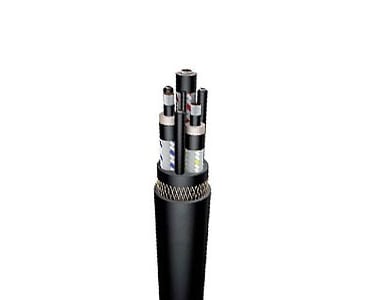
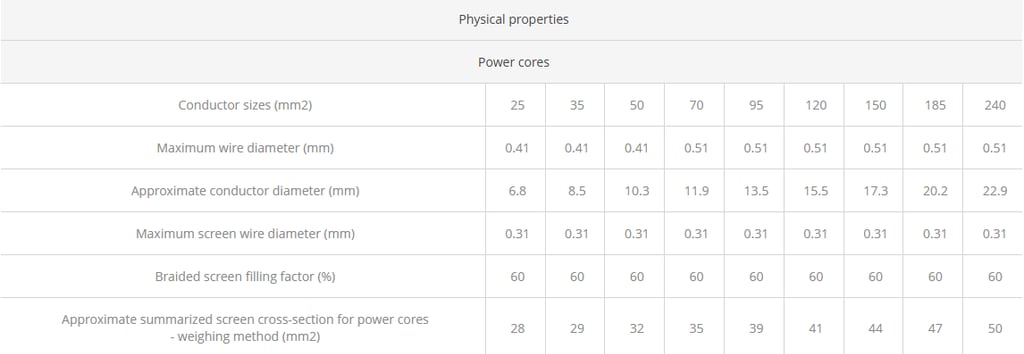

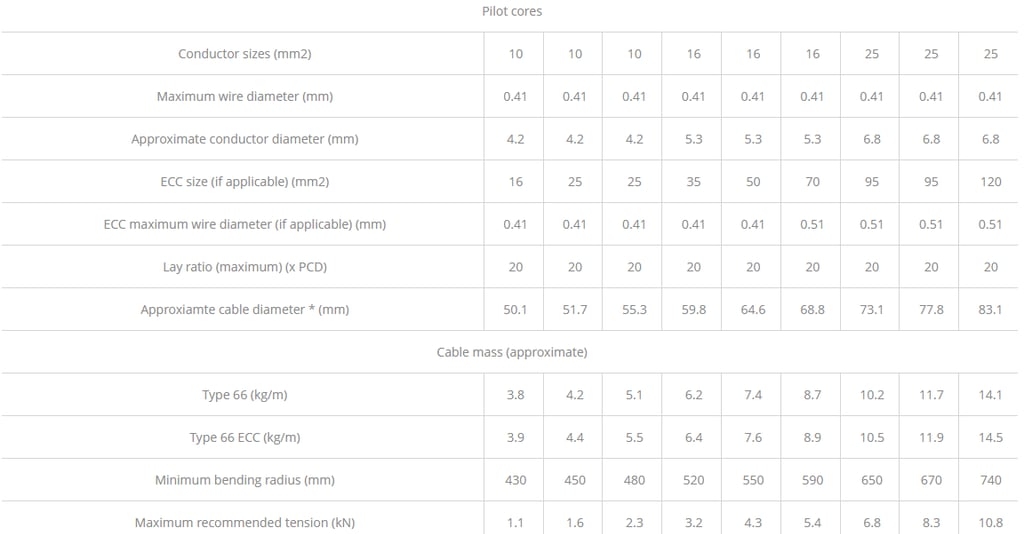

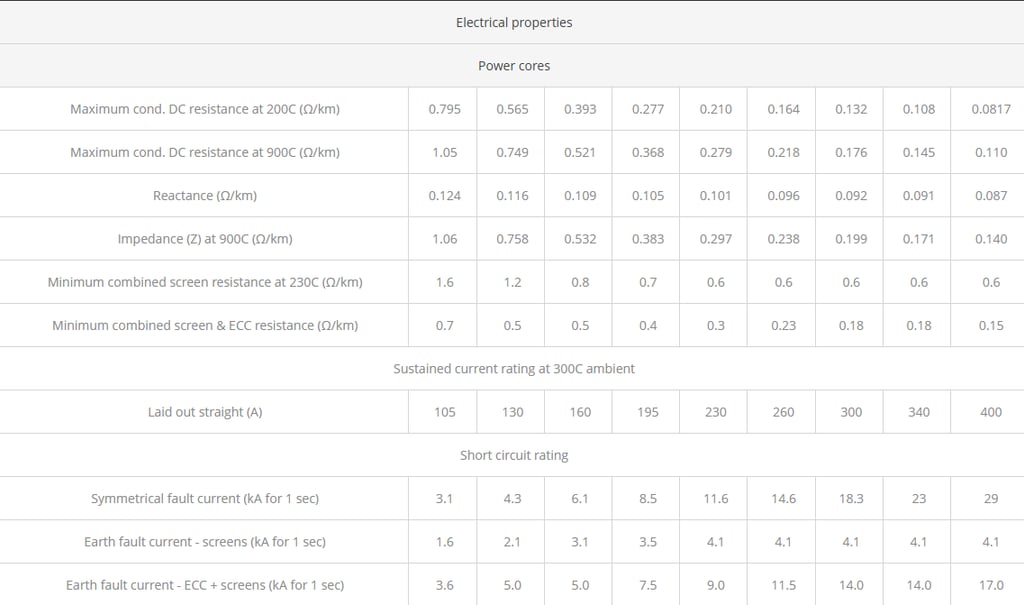

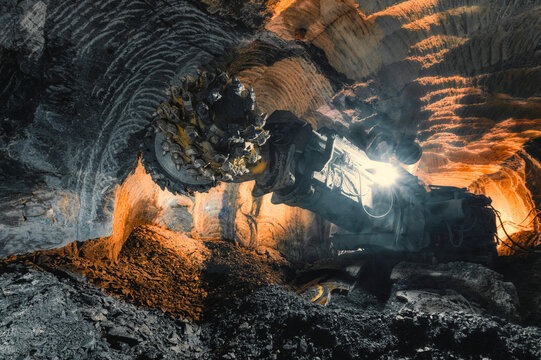

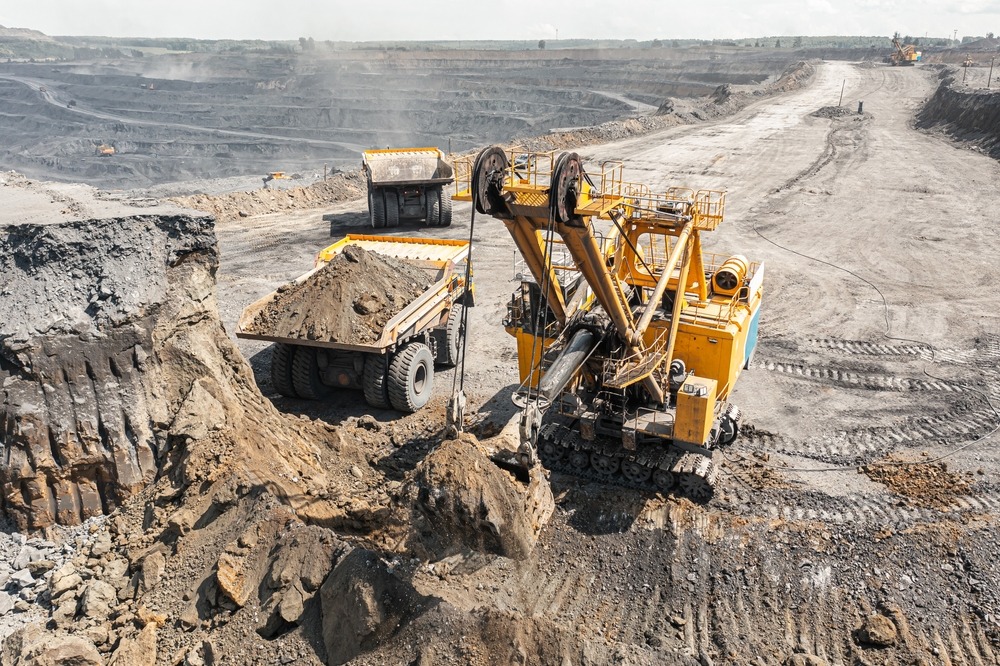

Ms. Li Wang holds a Bachelor’s degree in Electrical Engineering and is a Senior Electrical Engineer and Cable Installation Technical Consultant with over fifteen years of practical experience in cable systems. She has held positions at multiple mining companies in Australia and Indonesia, where she was deeply engaged in the initial design, installation, and on-site maintenance of high-voltage cable systems in industrial environments. With a strong theoretical foundation and extensive hands-on engineering experience, Ms. Wang excels in developing solutions for complex electrical systems and providing on-site technical guidance. She is dedicated to advancing safe, efficient, and reliable standards for cable applications.
Li Wang
About the Author
Senior Electrical Engineer/15+ Years experience in Mining Industries

Email Address: Li.wang@feichuncables.com
© 2025. All rights reserved.


One-click to Quickly Contact
Products
Offshore & Marine Cable
XLPE Cable
Contact
Company
Location:
Building A Private Science and Technology Park, Hefei Economic and Technological Development Zone, Anhui Province, China
